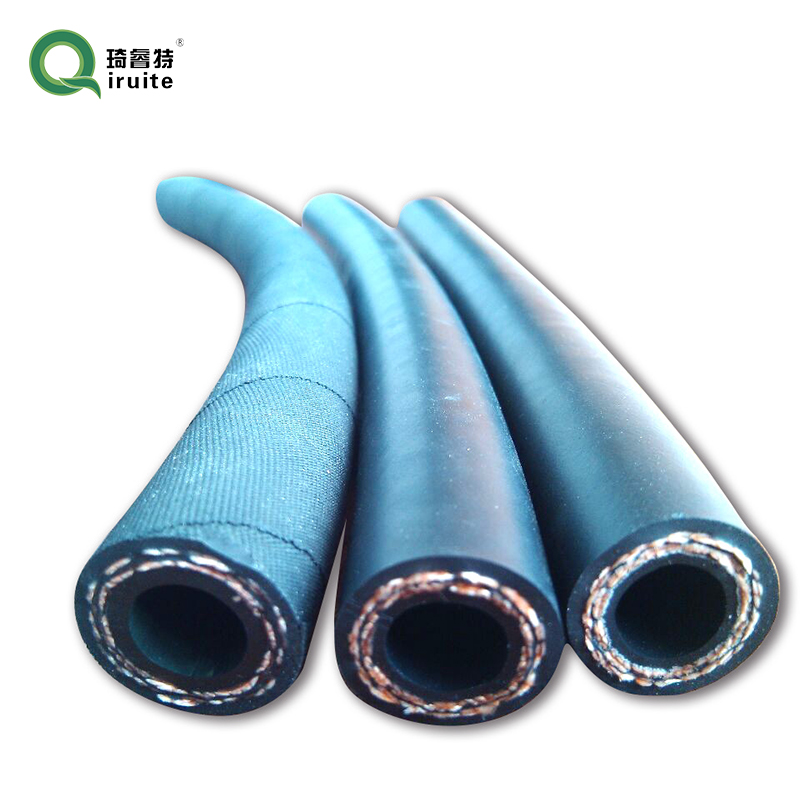sae j1401 brake hose
Understanding SAE J1401 Brake Hose Standards
In the automotive industry, safety and reliability are paramount. One critical component that contributes to overall vehicle safety is the brake hose. The SAE J1401 standard is specifically designed to set guidelines and specifications for rubber brake hoses used in automotive applications, ensuring they meet safety and performance requirements.
What is SAE J1401?
SAE J1401 is a standard developed by the Society of Automotive Engineers (SAE) that defines the performance criteria and testing methods for automotive brake hoses. This standard applies to both hydraulic brake hoses and hydraulic brake tubing, which are essential for transferring brake fluid from the master cylinder to the brake calipers. Adhering to this standard helps ensure that the brake hoses maintain their integrity under various operating conditions.
Key Requirements of SAE J1401
The SAE J1401 standard outlines several key requirements that must be met for brake hoses
1. Material Specification The hoses must be constructed from materials that can withstand various environmental factors, including exposure to heat, cold, and chemicals such as brake fluids. The inner layer should be non-permeable to prevent the escape of brake fluid, while the outer layer must be resistant to abrasion and contaminants.
2. Pressure Endurance Brake hoses must be tested for their ability to withstand high pressures. The standard specifies various tests, including burst and impulse testing, to ensure that the hoses can handle the pressures generated within a brake system without failing.
3. Flexibility and Bend Radius Hoses need to maintain flexibility to allow for vehicle movement and vibration. The standard includes specifications for bend radii to prevent kink or damage during operation. If the hoses are too stiff, they may not respond properly when the brakes are engaged.
4. Compatibility with Brake Fluids Brake hoses must be compatible with various types of brake fluids, including glycol-based and petroleum-based fluids. The materials used in the hoses should not degrade when exposed to these fluids, ensuring reliable performance over time.
sae j1401 brake hose

5. Environmental Resistance The standard also requires that brake hoses withstand exposure to environmental factors such as ozone, UV light, and temperature fluctuations. This durability is essential for maintaining performance over the lifespan of the vehicle.
Testing Methods
SAE J1401 outlines specific testing methods to validate the performance of brake hoses. These include
- Burst Testing To determine the maximum pressure a hose can withstand before failure. - Impulse Testing To assess the hose’s durability under repetitive stress and pressure fluctuations, simulating real-world braking conditions over prolonged use.
- Environmental Testing To evaluate resistance to ozone, UV light, and extreme temperatures, ensuring the hoses will perform reliably in different climates and conditions.
Importance of Compliance
Compliance with the SAE J1401 standard is crucial for manufacturers and suppliers of brake hoses. Meeting these standards not only boosts consumer confidence but also compliance with regulations that may affect vehicle safety ratings. Additionally, end-users benefit from enhanced safety, knowing that the brake hoses installed in their vehicles have been tested and certified to maintain performance under stress.
Conclusion
The SAE J1401 standard plays an essential role in ensuring the safety and reliability of automotive braking systems through its rigorous specifications for brake hoses. By adhering to these standards, manufacturers can provide high-quality products that enhance vehicle safety, ultimately protecting drivers and passengers alike. The commitment to quality and safety reflected in the SAE J1401 standard underscores the importance of proper brake hose specifications in modern automotive engineering.
-
Ultimate Spiral Protection for Hoses & CablesNewsJun.26,2025
-
The Ultimate Quick-Connect Solutions for Every NeedNewsJun.26,2025
-
SAE J1401 Brake Hose: Reliable Choice for Safe BrakingNewsJun.26,2025
-
Reliable J2064 A/C Hoses for Real-World Cooling NeedsNewsJun.26,2025
-
Heavy-Duty Sewer Jetting Hoses Built to LastNewsJun.26,2025
-
Fix Power Steering Tube Leaks Fast – Durable & Affordable SolutionNewsJun.26,2025

